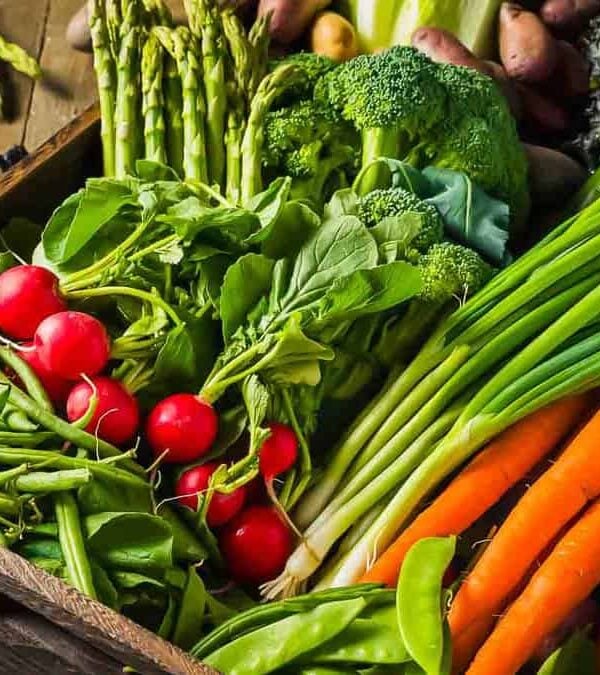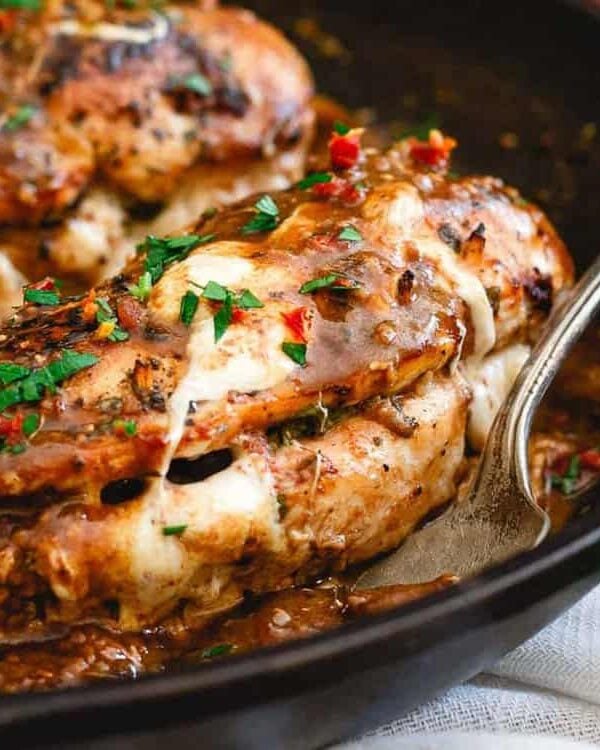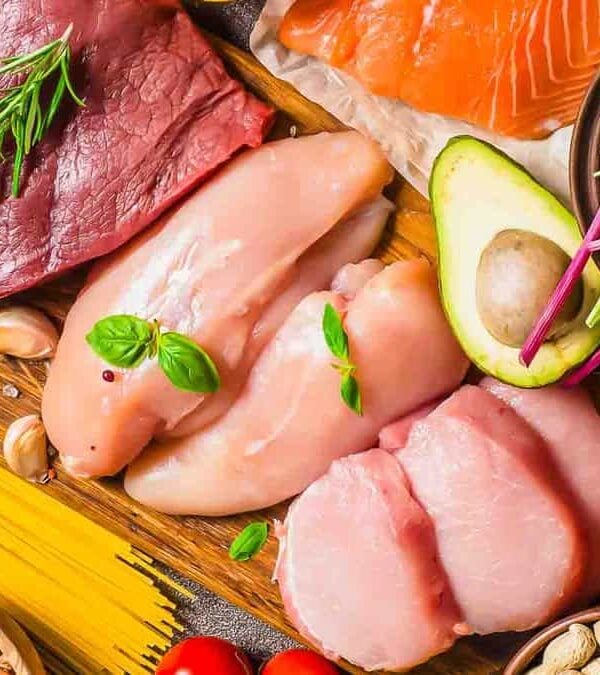Grilling is an art that balances skill with a touch of science, and mastering it can transform your backyard meals into gourmet events. This guide lays out 11 essential tips that will elevate your grilling game and turn you into a grill master this season. From choosing the right type of grill to mastering the heat needed for perfect sear marks, we cover everything you need to know.

The Big Decision: Gas vs. Charcoal

Choosing between gas and charcoal grills impacts flavor and convenience. Gas grills heat up quickly and offer precise temperature control, making them ideal for consistent cooking. Charcoal grills, however, imbue a smoky flavor that’s hard to replicate with gas.
Get It Hot!

Preheat your grill 15-25 minutes before cooking to get the perfect sear, kill bacteria, and prevent sticking. A hot grill ensures well-cooked food inside and out, providing those desirable grill marks without the hassle of food sticking to the grates.
Choose Your Charcoal Wisely

The type of charcoal you use can affect your food’s flavor and cooking time. Lump charcoal burns hotter and faster, while briquettes offer a consistent, slower burn but can also contain unwanted harmful substances such as saw dust, coal dust and sodium nitrate. Choosing additive free options is your safest bet. Even lighter fluid can add VOCs into the air and potentially on your food.
Brush The Grates

Cleaning the grates before and after grilling prevents old residue from imparting a burnt flavor to your meals. A clean grill also reduces sticking and bacterial build-up, ensuring your food is safe and beautifully presented every time.
Oil Up!

Lightly oiling your grill grates before cooking helps prevent food from sticking and makes cleanup easier. Use a high smoke point oil and apply it using a folded paper towel for best results. This simple step helps ensure your food releases easily without tearing.
Marinate Your Meat

Marinating does more than just enhance flavor—it also makes your grilled dishes healthier. Studies have shown that marinating meat can reduce the formation of HCAs (heterocyclic amines)—potentially carcinogenic compounds that form when grilling “muscle meats” like poultry, red meat, and fish—by up to 99%. The acids in marinades (such as vinegar or lemon juice) not only tenderize and add moisture but also create a barrier that limits these harmful compounds, ensuring a juicier, safer meal.
Consider a Chimney Starter

A chimney starter is a great investment for charcoal grill users, providing a quicker, more effective way to get the coals perfectly lit without lighter fluid. This tool enhances flavor, avoids chemical tastes, and gets you grilling faster with hotter, readier coals.
Use a Meat Thermometer

To grill with confidence, a meat thermometer is essential. It ensures your meat is perfectly cooked, safe to eat, and never dried out. Knowing the exact internal temperature takes the guesswork out of grilling, especially for thicker cuts and poultry.
Invest In a Grill Basket or Grill Mats

Grill baskets and mats simplify cooking smaller items that might slip through the grates (like vegetables or shrimp) and help in easy cleanup. They are perfect for keeping your grill organized and your food intact, making them invaluable tools for any grill master.
Watch For Flames

Flare-ups can spoil your grilling success, where fat drips onto the heat source and ignites, causing carcinogenic PAHs (polycyclic aromatic hydrocarbons) to form on your food. These sudden flames not only create health risks but can also give meats a burnt taste and uneven cook. To minimize flare-ups, use lean cuts of meat, trim any excess fat, remove poultry skin, and keep a water squirt bottle handy to quickly extinguish any flames.
Let It Rest

Allowing your meat to rest after grilling seals in the juices and flavors. By giving your steaks or burgers a few minutes off the heat before cutting, you ensure each bite is as flavorful and tender as possible.
The Secret Steak-Cooking Method You’re Probably Missing Out

Steak lovers understand that achieving the perfect steak is no small feat. Traditional methods such as open-flame grilling often struggle with temperature control, which can lead to unevenly cooked meat. Thankfully, the reverse sear method is gaining traction as a foolproof way to prepare steak. This simple yet effective technique involves cooking the steak low and slow to ensure even internal cooking, followed by a quick sear that produces a juicy, tender, and beautifully even result. Let’s walk through how simple it is to do.
Read it Here: The Secret Steak-Cooking Method You’re Probably Missing Out
13 Innovative Food Apps That Are Changing The Way We Eat

With smartphones as our constant companions, it’s no surprise that apps are revolutionizing the way we approach food and cooking. From reducing food waste to finding the best vegan eateries, there’s an app for nearly every dietary need. This article explores innovative apps that are changing our culinary landscape, making eating healthier, more sustainable, and a lot more interesting.
Read it Here: 13 Innovative Food Apps That Are Changing The Way We Eat
11 Food Trends That Blew Up On Tiktok You Need To Try

TikTok has quickly turned into a kitchen playbook for the curious and adventurous eater. It’s fascinating how a quick video can transform pantry staples into viral sensations overnight. If you’re looking to jazz up your meals and snacks with some creativity, here are 11 TikTok food trends that are worth the hype and ready for you to try.
See Them Here: 11 Food Trends That Blew Up On Tiktok You Need To Try
Select images provided by Depositphotos.
Gina Matsoukas is an AP syndicated writer. She is the founder, photographer and recipe developer of Running to the Kitchen — a food website focused on providing healthy, wholesome recipes using fresh and seasonal ingredients. Her work has been featured in numerous media outlets both digital and print, including MSN, Huffington post, Buzzfeed, Women’s Health and Food Network.












